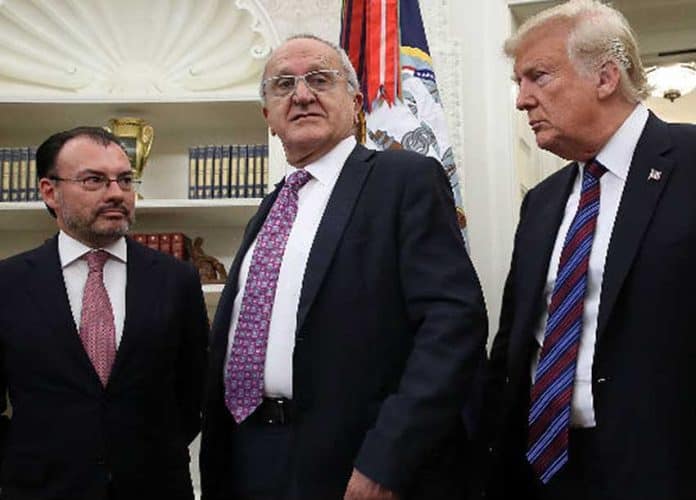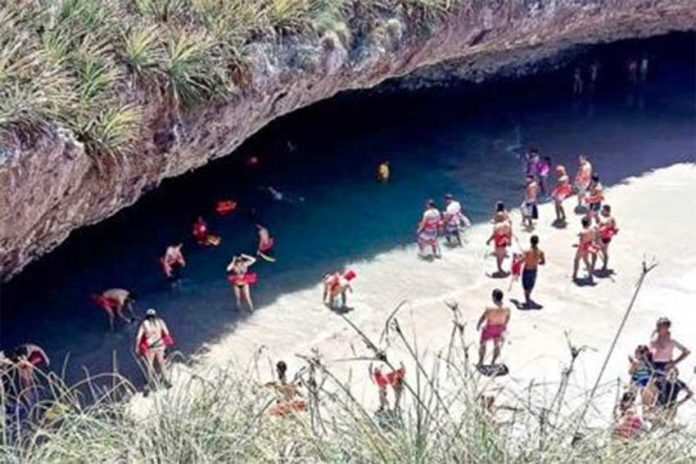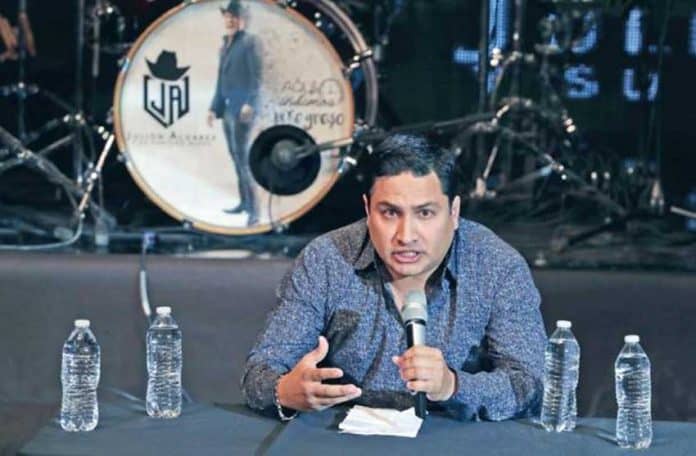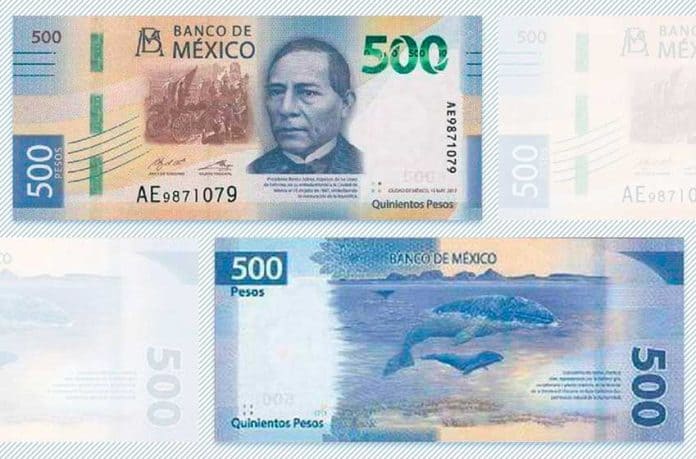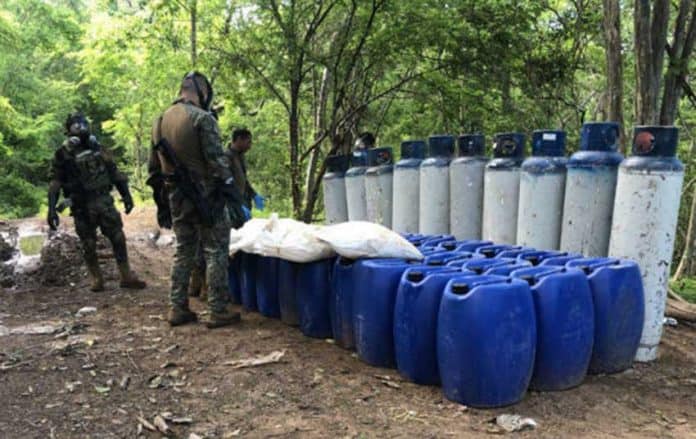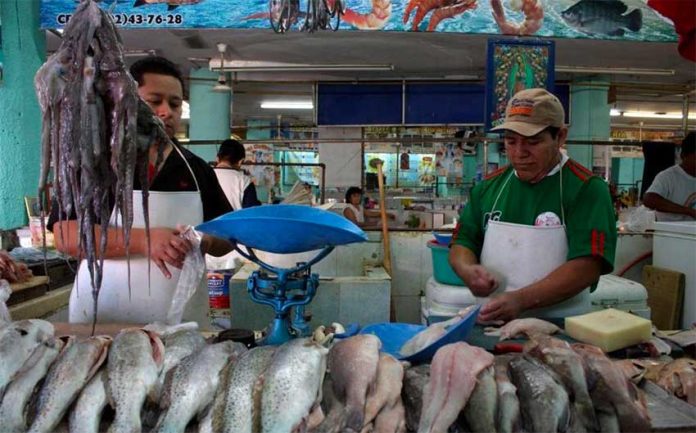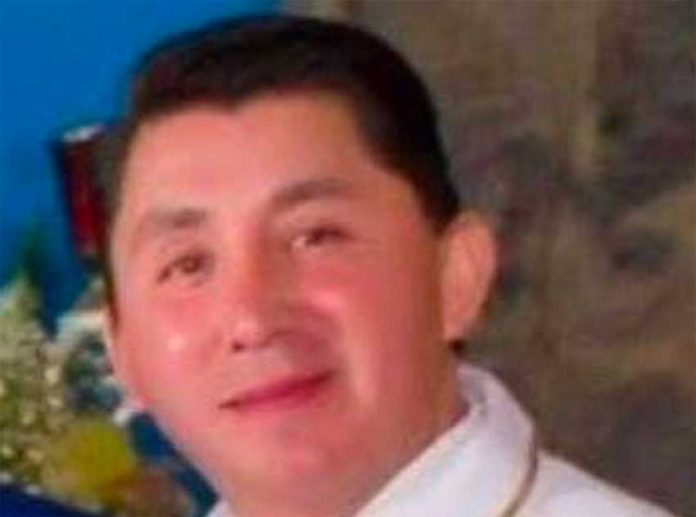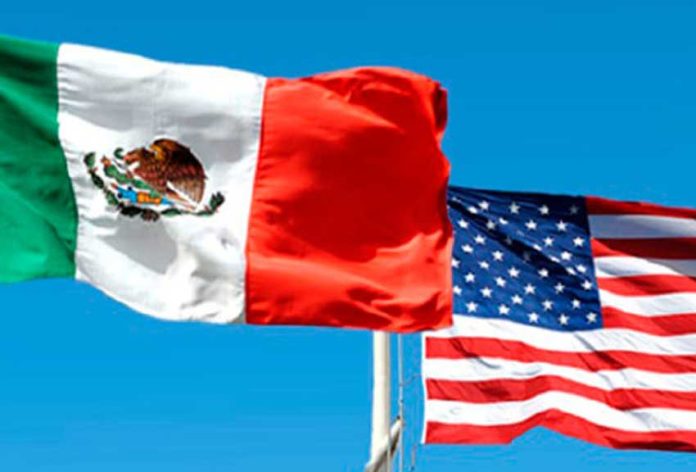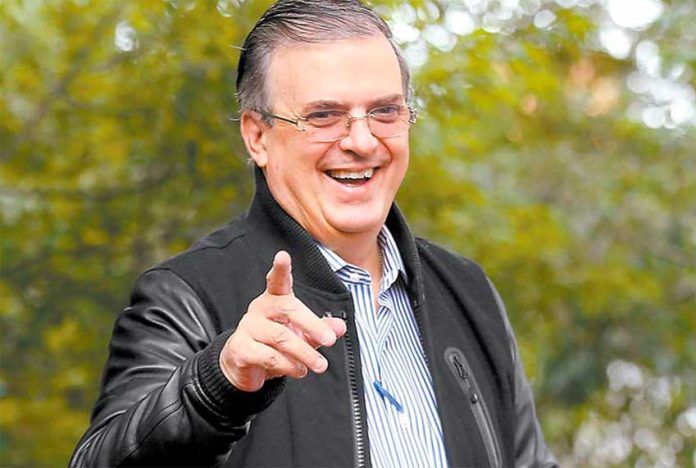After more than a year of talks aimed at reaching a new trilateral NAFTA, United States President Donald Trump announced yesterday that the U.S. and Mexico had reached a deal that Canada might — or might not — join.
“We’re going to call it the United States-Mexico Trade Agreement,” Trump said, although the Office of the United States Trade Representative described the deal as a “preliminary agreement in principle . . . to update the 24-year-old NAFTA with modern provisions representing a 21st century.”
Trump, on the other hand, appeared to consign the North American Free Trade Agreement to the dustbin of history, saying “we’ll get rid of the name” because it has a “bad connotation” for the United States.
But, in fact, the U.S. president doesn’t have the unilateral power to do so.
Scrapping the 24-year-old accord would require not only congressional approval in the United States — entailing a process that could extend past November’s midterm elections, meaning there is no guarantee that Trump’s Republicans will continue to control Congress — but also the consent of Mexico and Canada, making the proposition even trickier and more unlikely.
Mexican President Enrique Peña Nieto yesterday stressed his wish for the deal to remain trilateral, telling Trump that he hoped that “Canada will also be able to be incorporated,” although Foreign Affairs Secretary Luis Videgaray later said that Mexico might be prepared to go ahead with the agreement without Canada.
“There are things that we don’t control, particularly the political relationship between Canada and the U.S., and we definitely don’t want to expose Mexico to the uncertainty of not having a deal,” Videgaray said in an interview.
“Not having a trade agreement with the U.S., that’s a substantial risk to the Mexican economy. Literally millions of jobs in Mexico depend on access to the U.S. market.”
However, in another interview today, Videgaray modified his language, saying “we are now going to devote long hours to the negotiation with Canada” in pursuit of a three-way deal.
United States Treasury Secretary Steve Mnuchin said the same in a television interview today. “I think our objective is to try to get Canada aboard quickly,” he said, adding that he thought an agreement could be reached this week.
In any case, Canada’s preparedness to be left out of a new deal would appear unlikely.
A spokesman for Canada’s chief trade negotiator, Foreign Minister Chrystia Freeland, said in a statement that “Canada’s signature is required” for any renegotiation and like Mexico, it has consistently maintained that a new three-way deal must be struck.
Some analysts suggested that Trump’s “we’ll see” attitude on whether Canada will join the agreement is a strategy designed to pressure its northern neighbor in negotiations taking place in Washington D.C. today and set to continue throughout this week.
Trump threatened yesterday that the United States could impose tariffs on Canadian-made vehicles if Canada doesn’t “negotiate fairly” by reducing or eliminating tariffs on U.S. dairy products. The Canadian negotiating team led by Freeland, who cut short a European trip to attend today’s talks, is now under pressure to accept the terms that Mexico and the U.S. have already agreed to.
Those on auto trade and dispute settlement rules are looming as particularly contentious.
Under the bilateral agreement announced yesterday, 75% of a vehicle’s content would have to be made in the United States or Mexico to qualify for tariff-free status, while 40% to 45% of content would have to be made by workers earning at least US $16 per hour. Under the existing deal, rules of origin set a 62.5% minimum regional content.
Canada has said that it also wants to have its say on rules of origin, while Freeland’s spokesman said, “we will only sign a new deal that is good for Canada and good for the middle class.”
Economy Secretary Ildefonso Guajardo said yesterday that almost 70% of Mexico’s auto exports already comply with the new content rules.
On auto sector wages, Mexico essentially gave in to U.S. and Canadian demands but Guajardo said he believed that in time Mexico would also be able to meet the high-wage area requirement, going some way to dispelling fears that Mexico could lose manufacturing jobs to its NAFTA partners.
Mexico also agreed to eliminate a settlement system for anti-dumping disputes, as established by chapter 19 of the current NAFTA, but getting Canada to agree is likely to be more difficult.
Canadian Prime Minister Justin Trudeau had insisted on maintaining the system as a means to fight U.S. duties on Canadian wood, paper and other products that it sees as unfair.
On the so-called sunset clause that would have seen the trade agreement automatically expire if it wasn’t renegotiated every five years, it was the United States that softened its stance, agreeing instead to “review” the deal every six years.
Trade Representative Lighthizer said the agreement with Mexico would last 16 years but could be extended with a new 16-year deadline every six years.
The new deal keeps tariffs on agricultural products between Mexico and the United States at zero, while Guajardo said the U.S. had also dropped its demand for trade barriers to be erected during its harvest seasons.
The two countries also agreed to create separate chapters for labor and the environment, with Mexico committing to “specific legislative actions” to recognize workers’ rights to collective bargaining.
Mexico also agreed to continue to recognize bourbon and Tennessee whiskey as distinctive U.S. products while the United States said it would do the same for tequila and mezcal.
With formal notice required to be given to the United States Congress by Friday in order for Peña Nieto to have enough time to sign the agreement before he leaves office at the end of November, the pressure is on Canada to sign on to the deal or risk being left to negotiate its own separate deal at a later date.
If a deal is not reached with Canada this week, Mnuchin said, the U.S. would proceed with the separate agreement with Mexico, adding that he believed Congress would pass such a deal.
However, some Republican lawmakers have said that they would not support a deal that doesn’t include Canada.
Lighthizer also said yesterday that Trump plans to notify Congress of the deal with Mexico if talks with Canada don’t conclude by the end of this week.
Source: El Financiero (sp), El Economista (sp), Reuters (en), Quartz (en)
